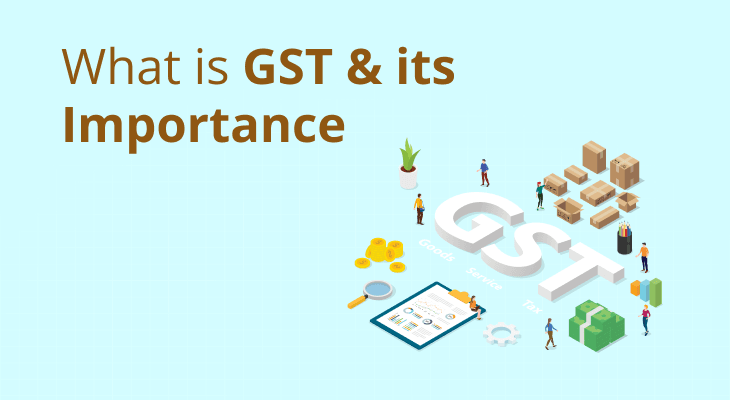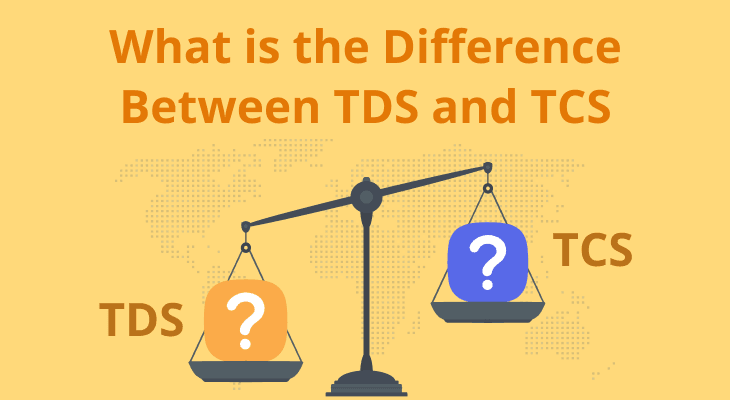
What is Section 80C and What Tax Deductions Can You Claim?
Introduction
The word “tax” is often associated with a sense of worry. Watching your hard-earned money being subject to deductions can be disheartening. Fortunately, the Income Tax (IT) Act, 1961 offers several provisions across different sections to help you reduce your taxable income and lower your tax liabilities. One of the most significant sections in this regard is Section 80C. This article explores the provisions of Section 80C, along with the eligible investments and expenses that can help you maximise your tax savings.
Maximum deduction allowed under Section 80C
Section 80C allows you to claim a tax deduction of up to ₹1.5 lakh annually on eligible investments and expenses. However, to be able to claim this, you must opt for the old tax regime, which has comparatively higher tax rates. Furthermore, the benefit under this section extends to individuals, including Non-Resident Indians (NRIs) and senior citizens, as well as Hindu Undivided Families (HUFs).
While Section 80C primarily helps you save tax, it also encourages long-term investments. By investing each year in eligible investments, you not only lower your taxable income but also build wealth gradually through returns.
Eligible investments under section 80C
Public Provident Fund (PPF)
PPF is a government-backed, fixed-income savings scheme with a lock-in period of 15 years. It offers tax-free interest and a tax-exempt maturity amount. Since the maximum annual investment in PPF is capped at ₹1.5 lakh, the entire PPF contribution qualifies for a deduction under section 80C.
Equity-Linked Savings Scheme (ELSS)
ELSS is an equity-oriented mutual fund with a lock-in period of three years. It has the potential for higher returns compared to traditional investments. Both lump sum and Systematic Investment Plan (SIP) contributions qualify for Section 80C tax deductions.
Life insurance premiums
Life insurance provides financial protection to the policyholder’s family in their absence in return for a premium. The premium can be paid as a lump sum or through regular instalments, depending on the policy. Premiums paid towards policies for self, spouse or dependent children qualify for deductions under Section 80C, subject to certain conditions.
Unit Linked Insurance Plan (ULIP)
ULIP is a type of life insurance that offers investment benefits in addition to life coverage. ULIP premiums paid for self, spouse or dependent children qualify for a deduction of up to ₹1.5 lakh annually, subject to certain conditions.
National Savings Certificate (NSC)
NSC is yet another fixed-interest, government savings scheme. It has a lock-in period of five years. The interest on NSC is paid out only on maturity. Therefore, the interest reinvested during the first four years also qualifies for tax deductions under Section 80C.
Employees’ Provident Fund (EPF)
EPF is a government-backed retirement savings scheme designed primarily for salaried individuals. Both employers and employees contribute a certain percentage of the employee’s salary to the EPF account, which earns fixed interest. However, only the employee’s contribution to EPF qualifies for an 80C deduction.
Tax-saving Fixed Deposits (FDs)
FDs provide a fixed interest on a lump sum investment for a predetermined period. FDs can have varying tenures, typically ranging from seven days to 10 years. However, only FDs with a tenure of five years qualify for a deduction under Section 80C.
Sukanya Samriddhi Yojana (SSY)
SSY is a government-backed savings scheme designed to help parents secure the financial future of their girl child. It allows them to open an account for a daughter aged up to 10 years and earn interest at a rate reviewed quarterly by the government. The account matures when the girl turns 21 years old.
Senior Citizen Savings Scheme (SCSS)
SCSS is a government-backed savings scheme designed for individuals aged 60 or above (55 or above in the case of voluntary retirement). It offers fixed interest on a quarterly basis and has a tenure of five years, which can be extended in blocks of three years.
5-year Post Office Time Deposit (POTD)
POTD is a fixed deposit scheme offered by the Government of India, particularly popular in rural and remote areas. The interest is reviewed at the beginning of each quarter but paid annually. While POTD is available for one, two, three or five years, only five-year deposits qualify for a tax deduction under Section 80C.
Eligible expenses under Section 80C
Tuition fees
Tuition fees paid to a university, college, school or any other educational institution in India for full-time education of up to two children qualify for deductions under Section 80C. This does not include other fees, such as development fees or hostel expenses.
Stamp duty and registration charges
Stamp duty and registration charges paid while purchasing a property can be claimed as a deduction in the year of actual payment. In the case of joint owners, both can claim a deduction under Section 80C for their respective share in the property.
Home loan repayment
The principal repayment of a home loan can be claimed as a deduction under Section 80C. However, the loan must be taken for the purchase or construction of a residential property. This applies to both self-occupied and let-out properties.
How to maximise benefits?
While the limit of ₹1.5 lakh annually is fixed under Section 80C, you can strategically invest in a combination of options for added benefits. Here are some tips that can help.
- Consider diversifying investments. For instance, you can invest some amount in ELSS for higher returns and some in PPF for stability.
- Look for options that extend benefits to family members. For instance, you can choose to invest in a ULIP for dual benefits of investment and protection. Additionally, you can invest in SSY for securing your daughter’s future.
- Look beyond Section 80C and explore other deductions. For instance, you can claim a deduction under Section 80D for health insurance premiums paid for self, spouse, children and parents. You can also claim a deduction on donations made to specified institutions under Section 80G.
- Choose the right tax regime for maximising tax savings. Analyse your income, expenses and investments to evaluate whether the old tax regime or the new tax regime suits your financial situation better.
- Seek professional advice. A tax expert can help you analyse your financial situation and craft strategies to optimise your tax savings.
Conclusion
Section 80C of the IT Act offers numerous opportunities to reduce tax liabilities through investments and expenses. By leveraging these options, you can not only minimise your tax outgo but also pave the way for a secure financial future.


